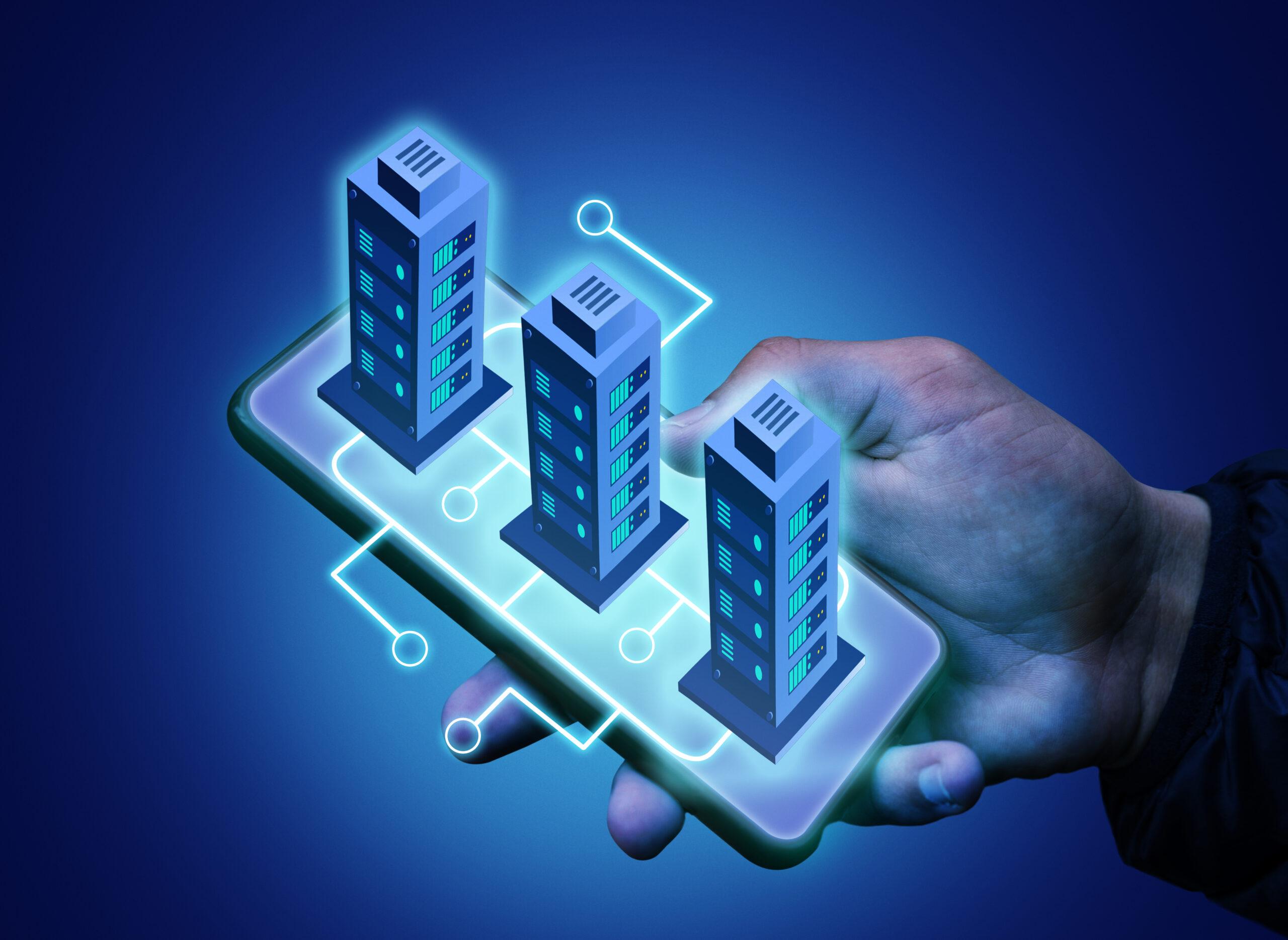Property Trends in KSA: Role of Property Management Platforms like Marafiqy
Introduction: The Rise of Smart Buildings in Saudi Arabia
Saudi Arabia is undergoing one of the most ambitious urban transformations in modern history. With the Vision 2030 roadmap, the Kingdom aims to diversify its economy, reduce reliance on oil, and build world-class cities that combine sustainability, technology, and livability. Central to this transformation is the concept of smart buildings—structures that use advanced technologies like IoT (Internet of Things), AI (Artificial Intelligence), and data-driven systems to optimize energy consumption, improve occupant comfort, and streamline property management. Explore the latest Property Trends in KSA and see how Vision 2030, smart buildings, and PropTech platforms are transforming Saudi Arabia’s real estate sector.
But smart infrastructure alone is not enough. For buildings to truly become “intelligent,” they need platforms that connect tenants, property managers, and building systems into one seamless ecosystem. This is where property management platforms such as Marafiqy play a critical role. They are not just digital tools but the very backbone of smart real estate operations in the Kingdom.
This article explores the current smart building trends in KSA, the growing role of PropTech platforms, and how Marafiqy is enabling property owners and managers to unlock the full potential of smart living.
Part 1: The Smart Building Landscape in Saudi Arabia
1. Vision 2030 and the Push for Smart Infrastructure
Vision 2030 emphasizes three pillars: a vibrant society, a thriving economy, and an ambitious nation. Urban planning and real estate development sit at the heart of this strategy. Mega-projects like NEOM, Qiddiya, The Red Sea Project, and AMAALA are more than construction projects—they are blueprints for futuristic living.
Each of these initiatives integrates smart building technologies that focus on:
- Sustainability – reducing carbon emissions and water use.
- Technology integration – embedding IoT, AI, and advanced building management systems.
- Human-centric design – improving quality of life for residents, workers, and visitors.
For instance, NEOM’s “The Line” promises AI-powered city management, zero-carbon buildings, and digital-first services. These mega-projects act as both inspiration and catalysts for the widespread adoption of smart building practices across the Kingdom.
2. Key Smart Building Trends Emerging in KSA
a) IoT and AI Integration
Smart buildings in Saudi Arabia increasingly rely on IoT devices to monitor HVAC, lighting, security, and occupancy. AI systems analyze this data to predict maintenance needs, optimize energy consumption, and improve user experience.
For example, an AI-enabled HVAC system can anticipate temperature fluctuations in Riyadh’s hot summers and adjust cooling to balance comfort and energy efficiency.
b) Sustainable and Green Architecture
Saudi Arabia is also aligning its building codes with international green standards such as LEED (Leadership in Energy and Environmental Design). Features like solar panels, rainwater harvesting, and energy-efficient façades are now standard in new developments. This is critical as the Kingdom moves toward its net-zero carbon commitment by 2060.
c) Digital Twins for Real Estate
Digital twin technology—virtual replicas of physical buildings—is gaining momentum. Property managers use them to simulate building performance, optimize space utilization, and conduct predictive maintenance remotely.
d) Tenant-Centric Smart Living
In the past, property management was largely reactive. Today, tenants in Saudi Arabia expect digital-first experiences:
- Paying rent via mobile apps.
- Receiving instant maintenance updates.
- Smart access control and security.
- Real-time communication with property managers.
e) Integration into Smart Cities
Smart buildings are no longer standalone. They form part of larger smart city ecosystems—with buildings linked to urban mobility solutions, energy grids, and digital governance systems. Riyadh’s King Abdullah Financial District (KAFD) is a prime example where smart design is integrated into a wider smart city strategy.
Part 2: Why Property Management Platforms Are Essential
Smart buildings generate vast amounts of data. But without proper tools, this data remains underutilized. Property management platforms are the digital command centers that transform raw data into actionable insights and efficient operations.
1. Key Functions of Modern Property Management Platforms
- Tenant Communication – Sending announcements, updates, and reminders via a single portal.
- Rent Collection & Billing – Automated, secure, and transparent transactions.
- Maintenance Management – Tracking requests, scheduling technicians, and preventing delays.
- IoT Integration – Connecting with smart building systems (e.g., HVAC, lighting, security).
- Data Analytics – Insights into occupancy, tenant satisfaction, and cost optimization.
- Mobile Access – Both tenants and managers can manage tasks on the go.
2. Market Growth of PropTech in KSA
The Saudi property management software market is projected to grow at a CAGR of nearly 15% from 2024 to 2032. Factors driving this growth include:
- Government investment in digital transformation.
- Increased demand for smart housing among a young, tech-savvy population.
- The need for sustainable building operations in harsh climatic conditions.
Part 3: Marafiqy – Bridging Smart Buildings and Smart Management
Among the emerging PropTech solutions in Saudi Arabia, Marafiqy stands out as a platform built specifically for the region’s real estate needs. It goes beyond traditional property management by integrating with smart building infrastructure and aligning with Vision 2030 objectives.
1. Core Features of Marafiqy
- AI-Powered Communication: Automated reminders, rent notifications, and real-time announcements keep tenants informed.
- Smart Maintenance Requests: Tenants log issues digitally, and property managers assign tasks instantly to technicians.
- Energy Efficiency Tools: Integration with HVAC and utility systems helps optimize usage and reduce costs.
- Mobile-First Design: Managers and tenants can access all services via smartphones—critical in a mobile-driven society.
- Data Analytics Dashboards: Real-time insights into occupancy, energy performance, and tenant satisfaction.
- Scalability: Whether for residential towers, malls, or commercial complexes, Marafiqy adapts to property type.
2. Benefits for Property Owners & Managers
- Reduced Operational Costs – Automated rent collection, billing, and maintenance reduces manpower needs.
- Increased Tenant Retention – Faster communication and service response lead to happier tenants.
- Sustainability Compliance – Energy-saving features align with Saudi green building initiatives.
- Regulatory Alignment – Digital documentation supports legal and compliance requirements.
3. Benefits for Tenants
- Convenience – Pay rent, request maintenance, and receive updates from one platform.
- Transparency – Track service requests and get real-time notifications.
- Comfort – Integration with smart building systems ensures optimal living conditions.
Part 4: Marafiqy and Vision 2030 Alignment
Vision 2030 calls for:
- Smart Infrastructure – Marafiqy integrates with building automation to optimize performance.
- Sustainability – Helps reduce carbon footprint through energy management.
- Digital Economy Growth – Supports the shift toward e-services and cloud-based platforms.
- Enhanced Quality of Life – Ensures tenant satisfaction and comfort.
By digitizing and automating real estate operations, Marafiqy is not just a platform—it is a strategic enabler of Vision 2030 goals.
Part 5: Challenges and the Road Ahead
While the potential is huge, challenges remain in scaling smart property management in KSA:
- Talent Shortage: Skilled professionals in PropTech and smart building operations are limited.
- Cybersecurity Concerns: Centralized data management requires robust security measures.
- Adoption Resistance: Some traditional property owners are slow to adopt digital systems.
Marafiqy addresses these challenges by offering:
- User-Friendly Interfaces to simplify adoption.
- Secure Cloud Infrastructure to protect sensitive tenant and property data.
- Training and Support Services to upskill property management teams.
Conclusion: The Future of Smart Property Management in KSA
Saudi Arabia is on the fast track to becoming a global leader in smart cities and intelligent real estate. As buildings evolve with IoT, AI, and green technologies, the real challenge is not just building smart infrastructure—but managing it intelligently.
This is where Marafiqy plays a transformational role. By automating communication, streamlining operations, and integrating with building systems, it empowers property managers to deliver efficient, sustainable, and tenant-friendly services.
In the coming decade, platforms like Marafiqy will not only define how properties are managed but also shape how Saudi residents and businesses experience smart living. For Vision 2030 to succeed, PropTech is not optional—it’s essential.
Marafiqy is more than a platform; it’s the future of property management in Saudi Arabia.


